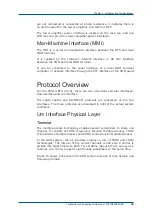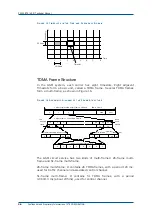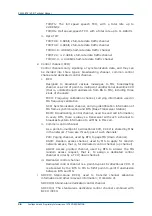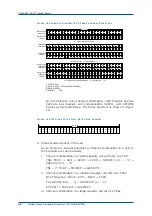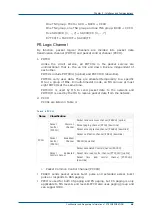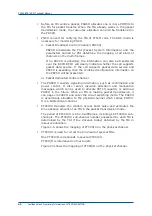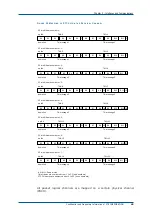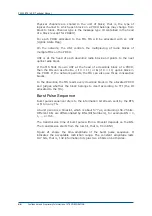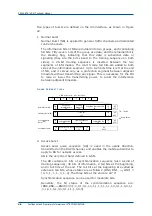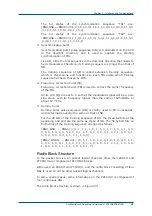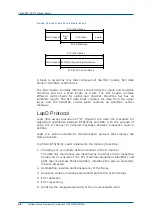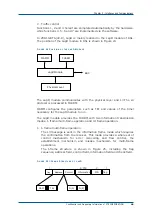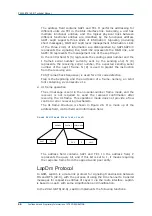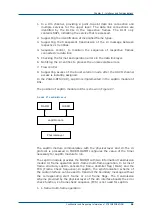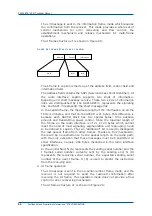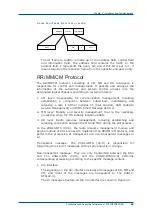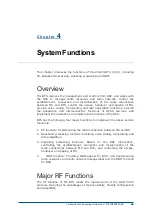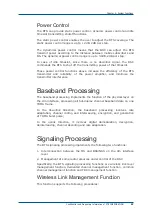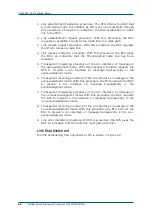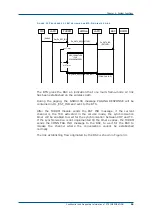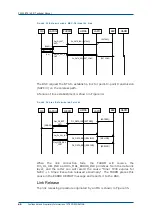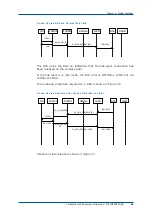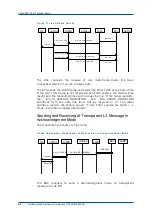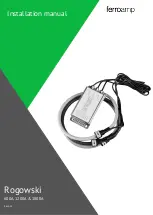
ZXG10-BTS (V2.9) Technical Manual
48
Confidential and Proprietary Information of ZTE CORPORATION
F
I G U R E
2 3
S
T R U C T U R E O F T H E
R
A D I O
B
L O C K
M A C H eader
RLC
Hdr
RLC Data
s pare
M A C H eader
RLC /M A C Bloc k
RLC /M A C C ontrol Bloc k
RLC /M A C Signalling information
RLC Data Bloc k
RLC /M A C Bloc k
A block is carried by four NBs composed of the MAC header, RLC data
block or RLC/MAC control block.
The MAC header contains different control fields for uplink and downlink
directions and has a fixed length of 8 bits. The RLC header contains
different control fields for uplink and downlink directions but has an
indefinite length. The RLC data block contains the data from the upper
layer, and the RLC/MAC control block contains an RLC/MAC control
message.
LapD Protocol
LapD (link access procedure of “D” channel) is a data link procedure for
signaling transmission between BTS(V2.9) and BSC, with the purpose of
using the D channel to transmit messages between respective Layer-3
entities.
LapD is a point-to-multipoint communication protocol that employs the
frame structure.
In ZXG10-BTS(V2.9), LapD implements the following functions:
1. Providing one or multiple data connections in the D channel
The data link connections are identified by the DLCIs in the respective
frames. DLCI consists of the TEI (Terminal Equipment Identifier) and
SAPI (Service Access Point Identifier), indicating the service and entity
that are accessed.
2. Delimitation, location and transparency of the frame
3. Sequence control, ensuring sequential transmission of the frames
4. Error detection
5. Error recovering
6. Notifying the management entity of the un-recoverable error
Summary of Contents for ZXG10-BTS
Page 4: ...This page is intentionally blank ...
Page 8: ...Figures 121 Tables 123 ...
Page 9: ...This page is intentionally blank ...
Page 10: ......


